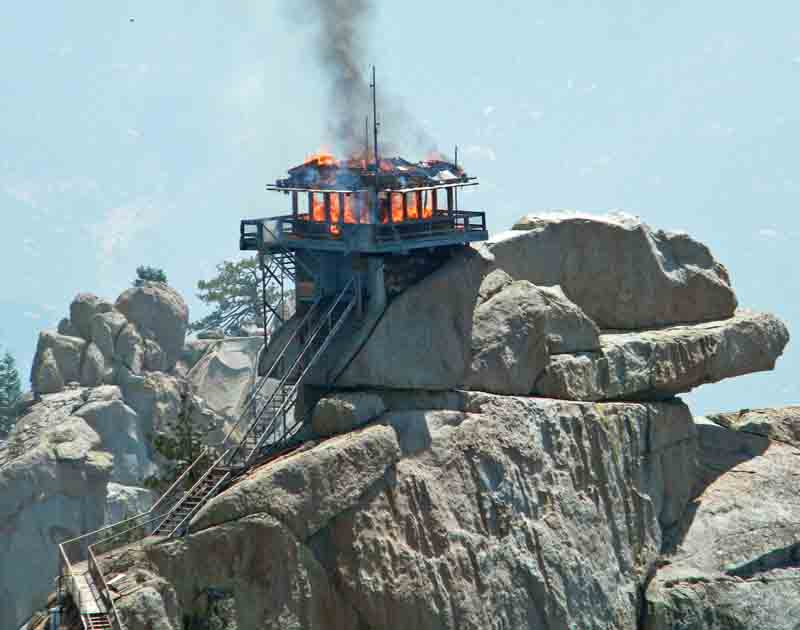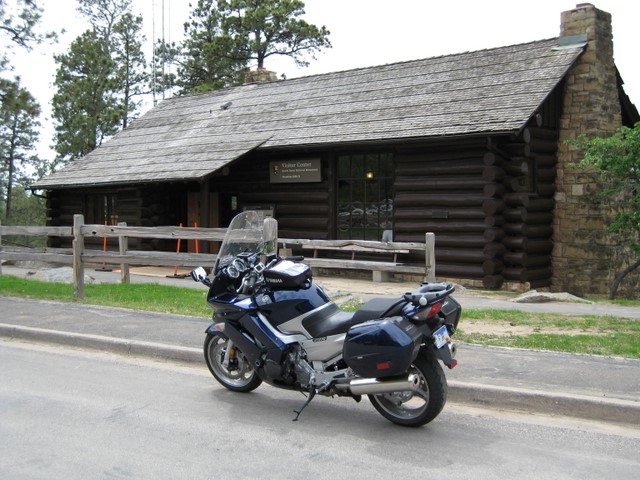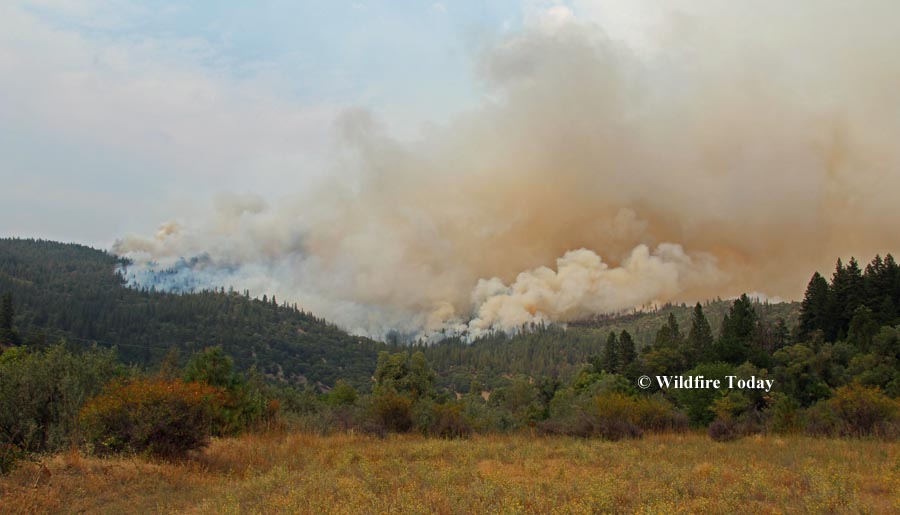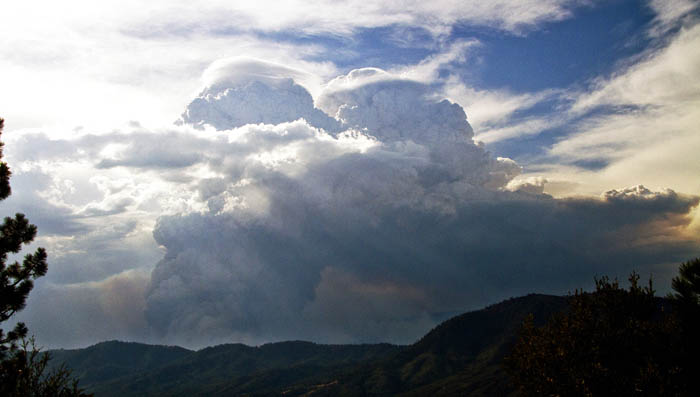Two lawsuits are being threatened over separate wildfires in Washington and California.
Poinsettia Fire
About two dozen landowners are suing a golf course over last summer’s Poinsettia Fire in Carlsbad, California. The lawsuit that was filed in San Diego Superior Court blames Omni La Costa Resort & Spa LLC for the May 14 wildfire that destroyed five homes, 18 apartment units, one commercial building, and 600 acres on May 14 in Carlsbad, California.
As we wrote on October 19, a fire investigator has determined that a golf club striking a rock is one of the possible causes for the fire which started near a cart path on the 7th hole on the resort’s golf course.
Carlton Complex of fires
In central Washington 65 landowners filed tort claims Friday against the state’s Department of Natural Resources (DNR) over the management of the Carlton Complex of fires.
Below are excerpts from an article at King5:
…”We represent mom and pops, cattle ranchers, apple farmers, (and) business owners,” said Brewster attorney Alex Thomason, who filed the legal paperwork in Olympia.
Even before the smoke from the fires had cleared this summer, complaints from landowners started to echo through the Okanogan region.
“They sat over there in the field and watched and took pictures,” Kim Maltias told KING 5 on July 28.
Thomason says some of his clients believe that DNR allowed the fires to grow bigger so that they would receive more state funding.
“The DNR firefighters call this ‘God money.’ It’s an unlimited amount of resources, so they get access to that money by letting the fire get bigger and bigger,” said Thomason.
The tort claims accuse DNR of negligence for failing to protect the properties from the wildfires.
“In the very beginning, DNR stood by and did nothing. They let this fire grow and grow and grow,” said Thomason.
Thomason says some of his clients believe that DNR allowed the fires to grow bigger so that they would receive more state funding.
“The DNR firefighters call this ‘God money.’ It’s an unlimited amount of resources, so they get access to that money by letting the fire get bigger and bigger,” said Thomason.
Thanks and a tip of the hat go out to Carl.









